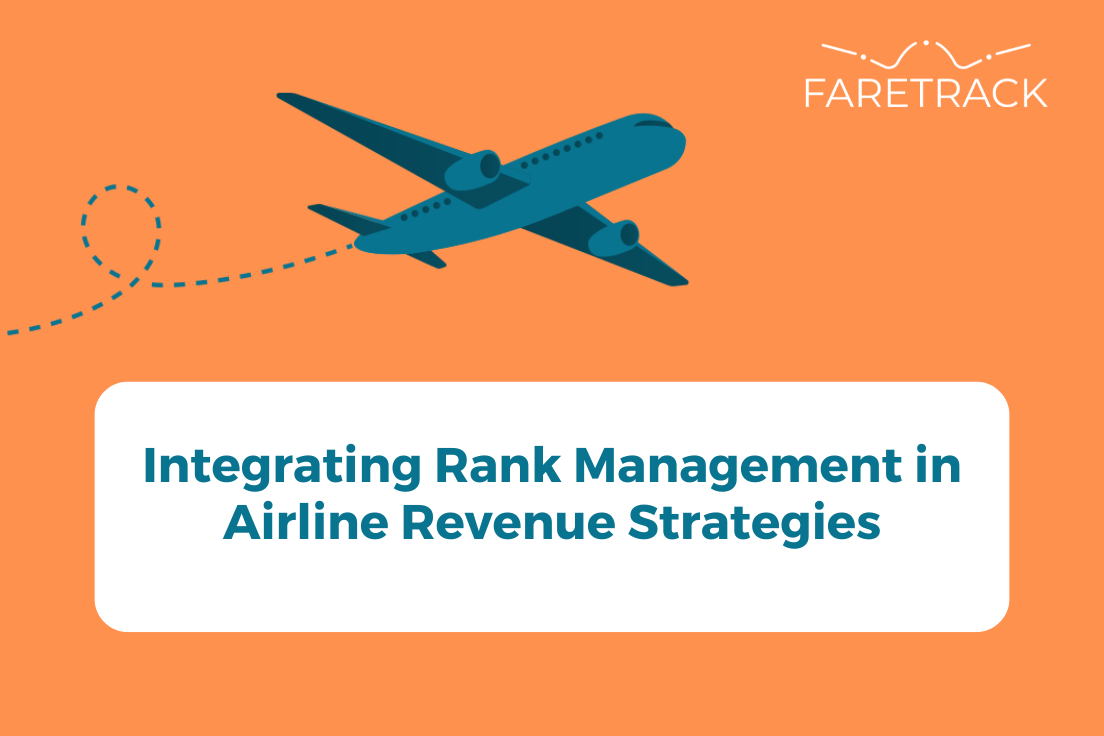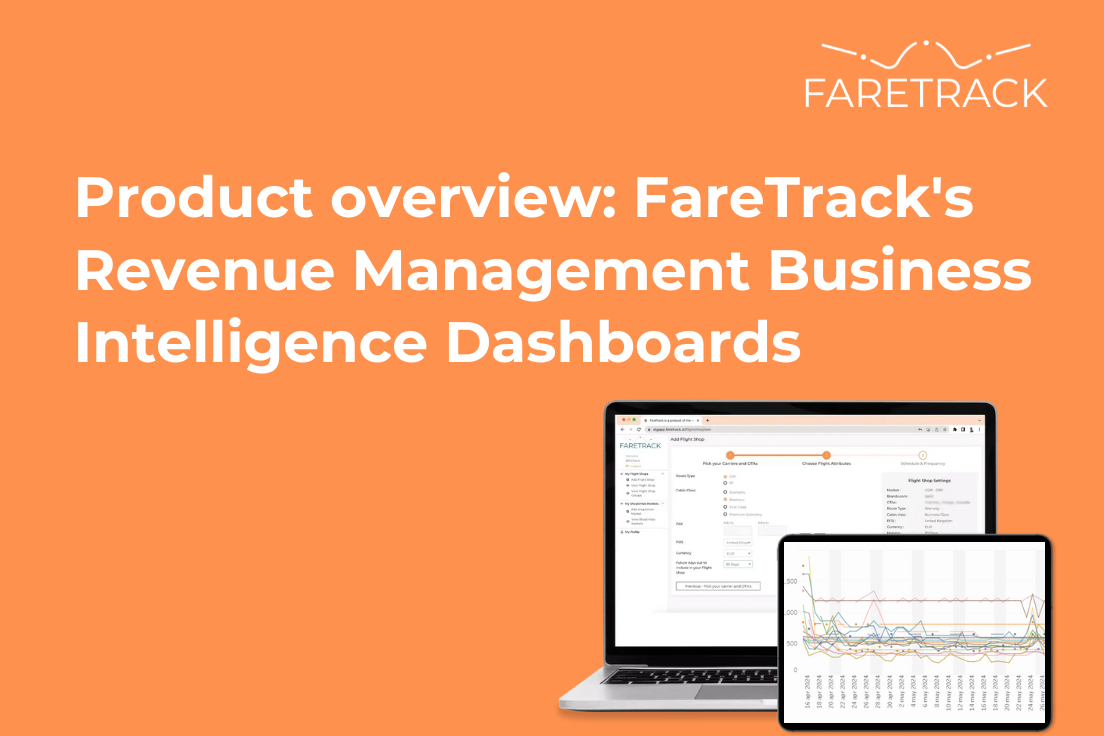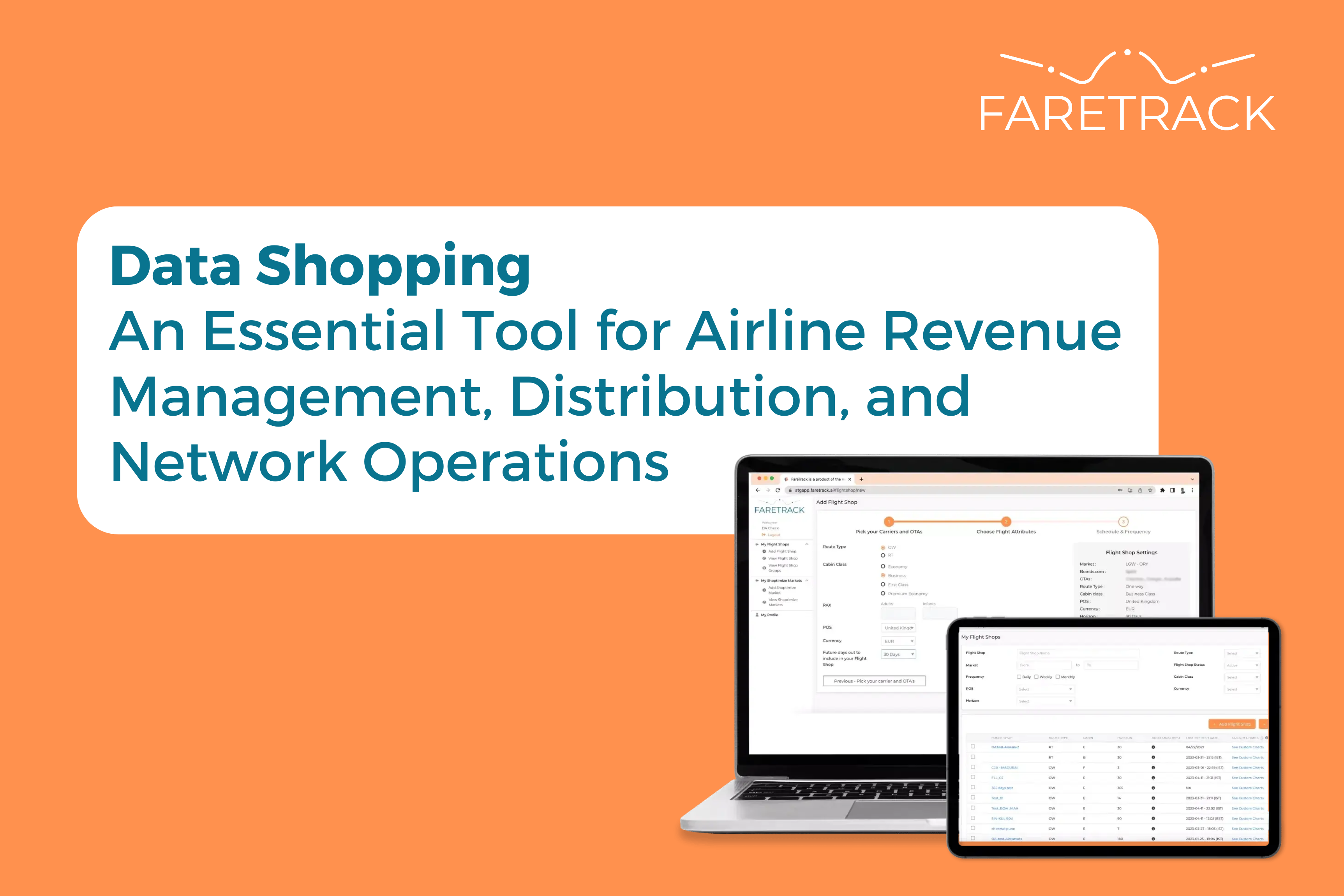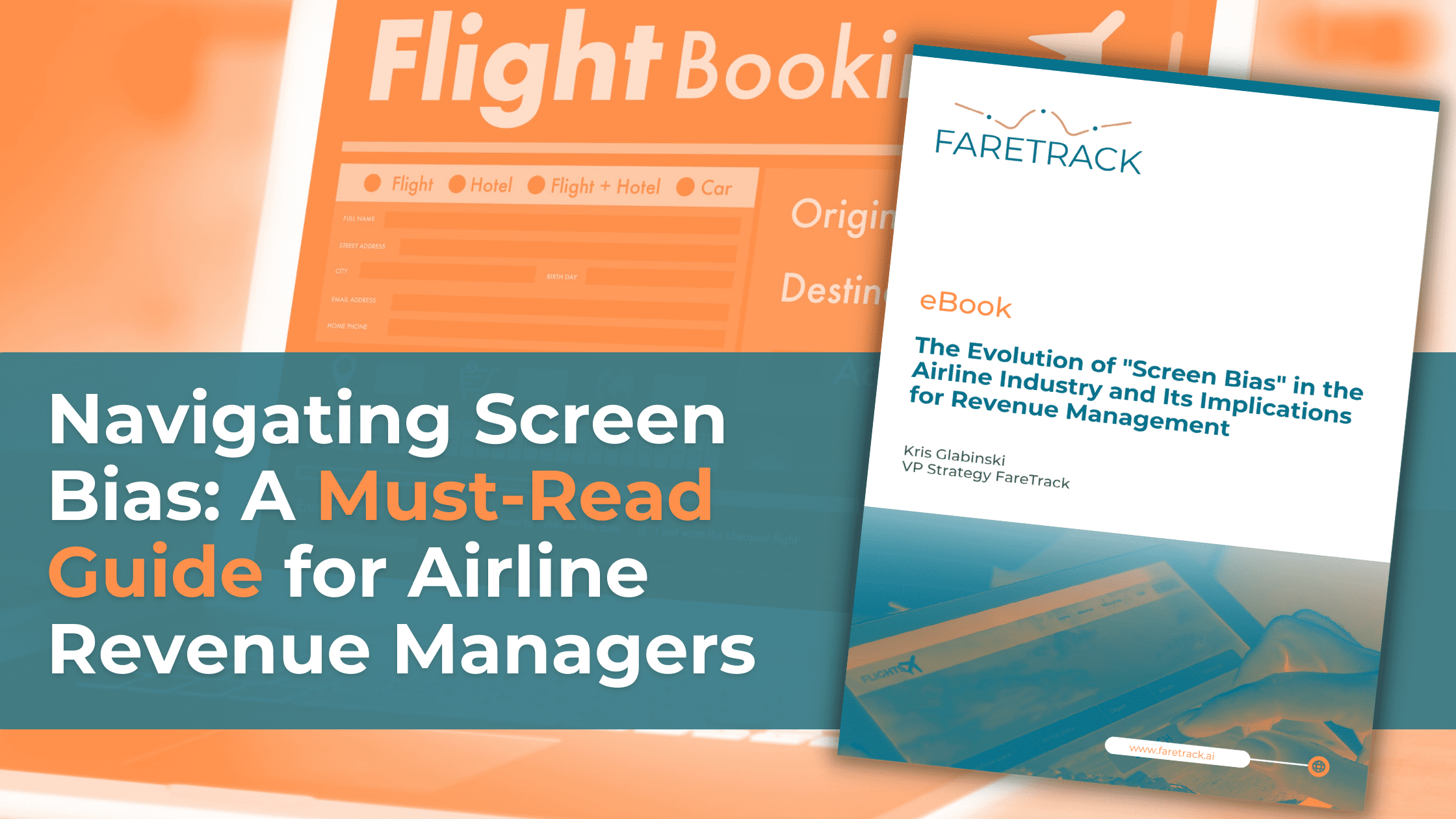In the air travel industry, the adage “you’re only as good as your last review” holds a significant amount of truth. Customer sentiment, once relegated to the purview of customer service, has now become a critical factor in revenue management strategies. As airlines strive to protect revenue and gain market share, the integration of customer sentiment analysis into decision-making processes is no longer optional—it’s essential. Identifying Revenue Risks from Customer Frustration An angry customer is not a loyal customer. Negative reviews can lead to decreased customer retention as dissatisfied passengers…
Category: Blog Article
Integrating Rank Management in Airline Revenue Strategies
Evolution of Screen Bias in the Airline Industry The concept of “screen bias” in the airline industry, initially seen with Computer Reservation Systems (CRS), has evolved in the digital age, particularly with Online Travel Agencies (OTAs) and Metasearch engines. Originally, “screen bias” described the practice where airlines owning CRS systems would give preferential display to their flights over those of competitors, significantly affecting booking decisions. Modern Screen Bias Today, airlines and OTAs engage in a complex relationship, where flight rankings on these platforms can greatly influence customer choices and booking…
The Role of Technology in Open Pricing
As advancements in technology, particularly big data analytics and artificial intelligence (AI), have transformed every industry, the airline sector and its revenue management teams have also been significantly impacted. These technologies enable airlines to analyze vast datasets, allowing them to forecast demand, set optimal prices, and personalize offerings with unprecedented speed and accuracy. AI, particularly machine learning and deep learning, has been used to process and learn from the data, enabling the automation of decision-making processes in pricing and inventory management. This includes dynamic pricing algorithms that adjust fares in…
You Don’t Know What You Don’t Know And That Can Hurt You
The changing world of airline pricing and revenue management is presenting new data challenges to operators. Relying on traditional data sources could mean you are missing out on critical data to inform better decision-making. The highest selling statistics book in the second half of the 20th century was a book called ‘How To Lie with Statistics’ by Darrel Huff. One of the stories within the book was from World War II. In it, the Statistical Research Group of Columbia University had been tasked with analyzing damage patterns on fighter aircraft…
Product overview: FareTrack’s Revenue Management Business Intelligence Dashboards
Okay, we might be a little biased, but we think our revenue management business intelligence dashboards are pretty special. Not only are they powered by the most accurate, AI-driven data, they also feature market-leading visualization capabilities, plus all your data shops are easily managed through your Shop Manager. Let’s take a quick look at some of the key features of our library of Dashboards, and discover why more and more airline revenue managers are choosing FareTrack to help them boost their profitable decision-making. Fully Customizable Dashboards FareTrack’s dashboards are not…
Data Shopping – An Essential Tool for Airline Revenue Management, Distribution, and Network Operations
When it comes to data, we believe flexibility is key; in fact, it’s a driving force behind pretty much everything FareTrack does. We offer flexible analysis; our Business Intelligence dashboards can be infinitely extended and customized with your own data. We offer flexible pricing, with no setup fee, that scales with your requirements, and now we offer flexible data management through our Shop Manager. Our Shop Manager is built around the concept of Data Shopping, i.e., the ability for air travel professionals to completely manage the build, scheduling, delivery, and…
Navigating Screen Bias: A Must-Read Guide for Airline Revenue Management
Understanding and managing “screen bias” is crucial for airline revenue management. Our latest eBook delves deep into the evolution of this concept, from the era of Computer Reservation Systems (CRS) to today’s digital realm dominated by Online Travel Agencies (OTAs) and Metasearch engines. The Origins of Screen Bias: From CRS to Modern OTAs Originally rooted in CRS, screen bias was a tactic used by airlines to prioritize their flights over competitors’, significantly influencing booking decisions. Today, this dynamic persists in the digital era but with more intricate mechanisms involving search…
How FareTrack is Helping Small and Start-Up Airlines Meet the Challenges of Modern Revenue Management
In the dynamic world of air travel, small and start-up airlines face unique challenges that demand innovative solutions. With markets characterized by intense competition, dynamic conditions, and the constant need to monitor competitors, modern airline revenue managers are acutely aware of the importance of effective data-driven strategies. Many smaller and start-up airlines are recognizing now that the way they have used data in the past must be adapted to meet the needs of a modern market, changing customer demands, and even fiercer competition. For many airlines, the traditional approaches to…
When it comes to data visualization flexibility isn’t just a “nice to have”, it’s essential
Data visualization flexibility is not just a luxury; it is a necessity, especially in the ever-evolving airline industry. With the introduction of NDC, increasing use of AI and Machine Learning, and other fundamental changes, the way airlines use and visualize data must undergo a transformation as well. While standardized graphs and reports have been the norm for many airlines when comparing fares against competitors, they fall short in capturing the complete story, particularly in dynamic market conditions. Consider this scenario: your current data supplier provides competitor pricing information for a…









